By Ella McKelvey - National Director of Online Engagement (Blog)
I fell in love with Daphne du Maurier at the age of eleven.
It happened after my mum lent me her copy of Rebecca; a book which had left a lasting impression on her own adolescence. Du Maurier’s novels might not be renowned for literary sophistication, but their capacity for spectacle goes unmatched. Rebecca practically drips with tension and brooding. Its heavy atmosphere swells and crashes through plot devices that are both gripping and surprising. Du Maurier’s novels are virtually ubiquitous in themes of mystery, jealousy, and deception. As such, critics and commentators have been eager to draw parallels with the author’s own life. In particular, there has been much attention devoted to the “mystery” of du Maurier’s sexual orientation.
“I don't want to love like a woman or feel like a woman, Mr Davey; there's pain that way, and suffering, and misery that can last a lifetime. I didn't bargain for this; I don't want it.”
Daphne du Maurier, Jamaica Inn
Du Maurier married her husband in 1932, and had three children with him. Although her marriage was noted for being impassive at times; in later life du Maurier admitted to feeling intensely jealous of her husband’s ex-fiancée. It is often claimed that du Maurier herself had several affairs during her marriage – only one she admitted to being physical, and that was with a man.
Regardless of these facts, what tends to receive much more attention is du Maurier’s involvement with women. In letters written to a friend, Daphne described these as “obsessions”. She certainly shared high levels of emotional intimacy with three women during her life– her French teacher (when du Maurier was an adolescent), and then later, her publisher’s wife Ellen Doubleday, and actor Gertrude Lawrence.
In 2009, I chose to start researching du Maurier for a school assignment. During my research, I encountered several articles published around the centenary of her birth two years prior. These were almost entirely devoted to the subject of her “lesbianism”. In the sexual naivety of my early teenage years, I was immediately rendered uncomfortable by newspaper headlines which screamed of “forbidden lovers”, “unruly passions” and a “terrible secret”.
I scrapped the assignment. I told my mum I had fallen out of love with du Maurier’s books; pretending that I agreed with the sneering responses of her cotemporary critics. In reality, I just didn’t want to let myself love Daphne any longer.
The problem was that, in 2009, I had just completed my first year at all all-girls High School. Here, lesbian was used as the insult of choice; and was regularly hurled at myself. Homosexuality was entirely excluded from our sex-education. The articles reaffirmed what my school experience had taught me –same-sex relationships between women were salacious and shameful. Struggling to come to terms with my own sexual orientation, I suddenly felt mortified about all the time I had spent staring adoringly at Daphne’s portrait inside the front cover of Rebecca. I wondered if my own admiration for the author, along with my undying curiosity about her life, constituted the same sort of illicit infatuation that Daphne herself had been accused of.
Even when lesbianism isn’t decried as overtly wrong or amoral; ambiguity in women’s sexual orientation tends to be presented under the guise of scandal. In 2017, the publication of a biography of Jane Austen inspired an outpouring of press reports that Austen “could have been a lesbian”. In the words of the biography author herself, however, “the door of possibility may remain ajar by the very tiniest crack, and only in the absence of evidence”. When terms like “lesbian” and “bisexual” are applied to historical female figures, it is rarely done so to help modern audiences understand the same-sex relationships they might have had. Instead, these terms are used to conceal nuance and generate shock-factor.
Despite the numerous reports pushing the label on her, du Maurier did not identify as a lesbian. She is reported as once having said, “If anyone should call that sort of love by that unattractive word that begins with ‘L’, I’d tear their guts out”. It’s possible that this was an expression of internalised homophobia - Daphne du Maurier was born in 1907, and it wasn’t until 1967 that homosexuality was decriminalised in the UK. She was also probably strongly influenced by her father’s overt hatred of gay people.
The author often referred to her childhood self as a “half-breed”, although, despite what some sources claim, this was not an admission of bisexuality. Instead, du Maurier was referring to the fact that she thought of herself as having “a boy’s mind and a boy’s heart”. This quote has, in turn, been used to suggest the possibility of her being transgender. I don’t fully disregard this as a possibility. However, based on my own research, I believe it is far more likely that Daphne was trying to describe an intellect and spirit that she did not think was conducive to female gender stereotypes of her time.
It seems like modern terminology is not necessarily able to accommodate the circumstances of Daphne’s life during the early 20th century; which would have limited her opportunities to explore, practice and define her own sexuality.
It was only after coming to terms with my own queerness a few years ago that I was able to return to du Maurier. I was so glad that I did. I was able to appreciate the emotional texture of the novels in a way that I couldn’t during my pre-teen years. For the first time, I was also able to identify the potentially lesbian subtexts in the portrayal of Rebecca’s Mrs Danvers. It was fascinating to be able to think about how her relationships with Lawrence and Doubleday influenced her later novels, like My Cousin Rachel. Fascinating – precisely because her sexuality escapes easy interpretation.


